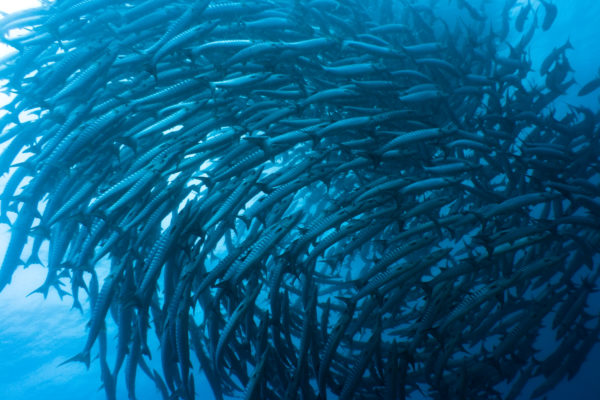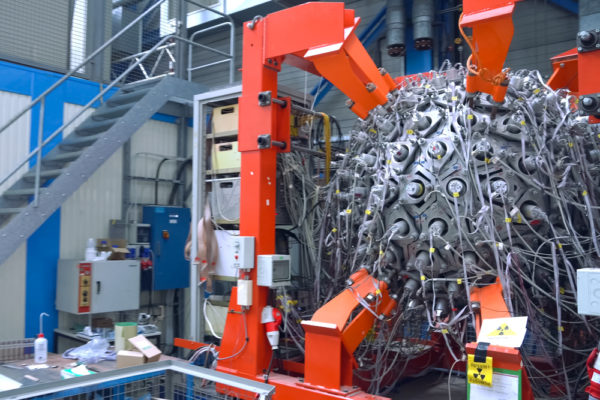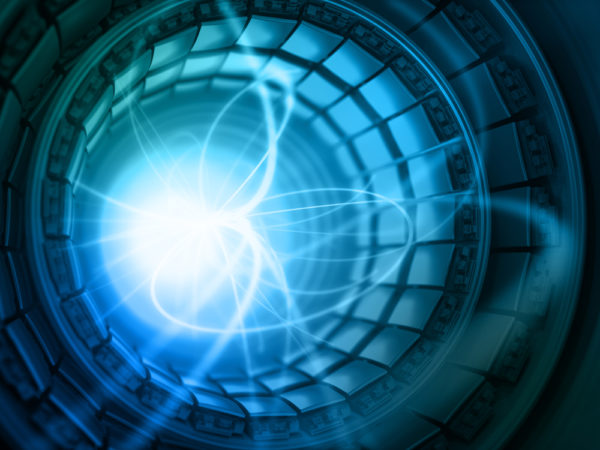U=(N/T)M*G: Snow
Physics is weird. Of course, I mean that in the most respectful way possible, but physics is weird. Weak forces and strong forces and thermodynamics. Fluid dynamics. Quantum mechanics. I sort of understand most of it, but did science, as a whole field, really have to make the whole thing as opaque and esoteric as possible? For instance, I was reading articles on the probability of snow falling upwards under the ice sheets covering Europa. Super cool stuff. I had to crawl through about six articles packed full of the science lingo before I figured out what was going on. … Read more








